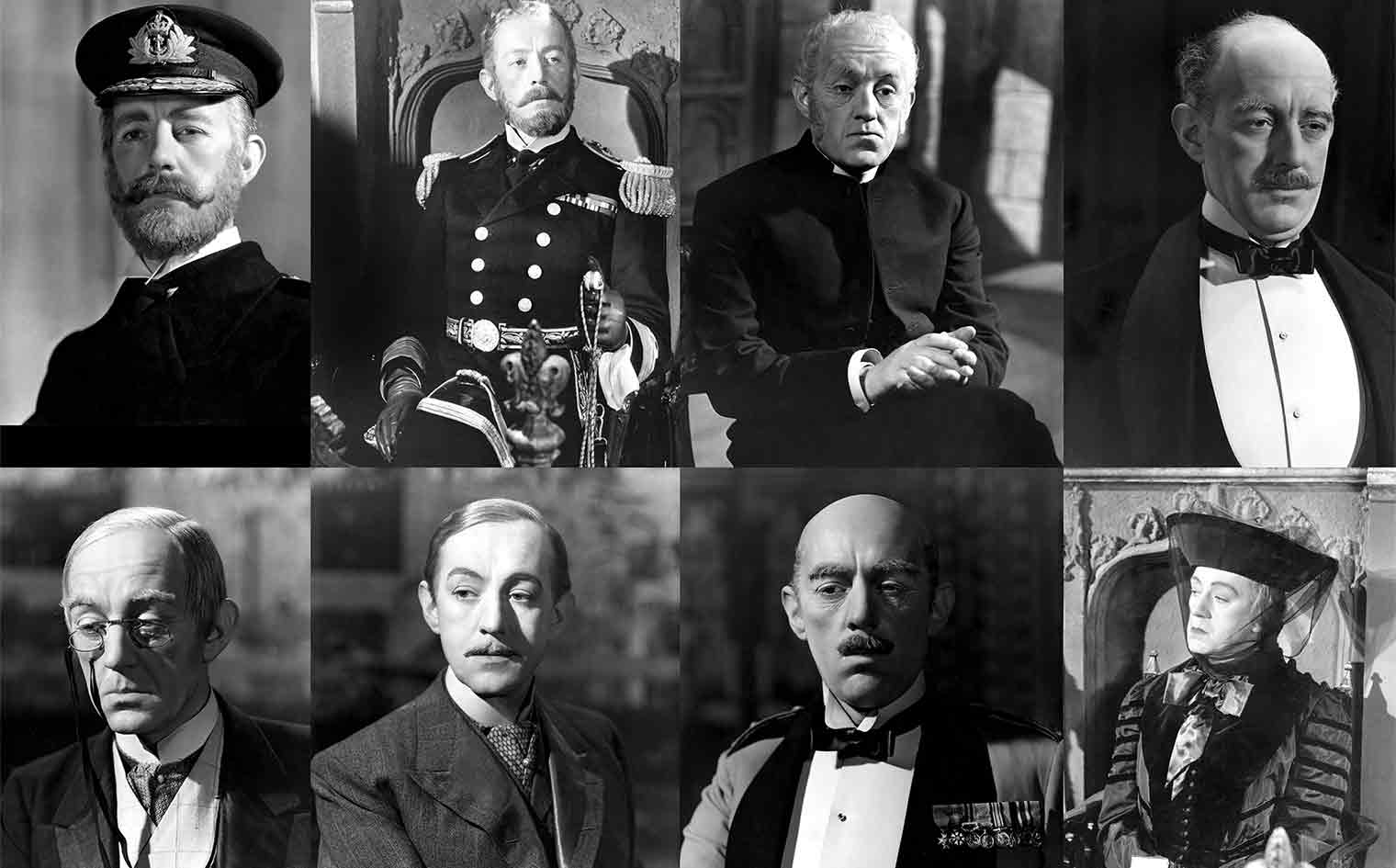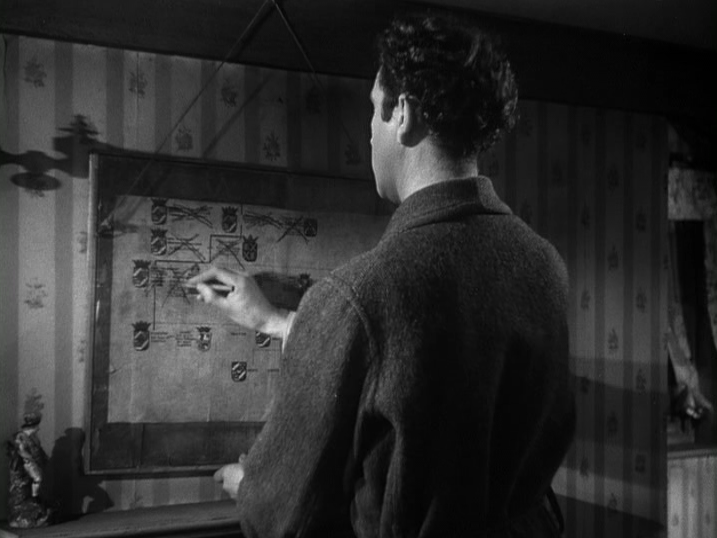What is the attitude of “Kind Hearts and Coronets” towards comedy and satire?
“I had never been in a building so lavishly equipped with the instruments of violent death.”
When one conceives of an intelligent and capable serial killer, the variety exhibited through Louis Mazzini (Vincent Price) in Kind Hearts and Coronets (1949) is likely not the first image brought to mind. Kind Hearts is perhaps the darkest of the dark Ealing comedies produced in the 1940s and 1950s, its story focused on the efforts of a dishonored man attempting to claim his family’s Dukedom by strategically offing everyone who stands between himself and the title. It is a film heavy on literate stratagems and a bleak analysis of class, colored by director Robert Hamer’s own disillusionment with familial systems.
_01.jpg)
Class distinction (and its consequential warfare) is a timeless English subject, and Kind Hearts examines it with a double-edged manner. While chastising the superficial stupidity of Edwardian society and class systems, Kind Hearts finds its central character flaunting the casual way in which each tentacle of the D’Ascoyne family can easily be severed from its familial body, yet he does so not for destructive purpose, but out of an act of desire to replace the dynasty as its head. The D’Ascoyne family appears as an endless organism of entitled bodies, poignantly all portrayed by Alec Guinness in a beautiful means of driving the point home, and certainly one of the film’s lasting impressions that has solidified it as a cinematic classic.

As Mazzini does away with each of Guinness’s iterations, we somewhat root for his success and ignore the callousness of his crimes as he crosses off each of his fallen kin from the family tree he has painted on the rear of a portrait of the family home he strives to occupy. There is hardly a hero to root for: The D’Ascoynes represent a terrible English legacy of snobs, few of whom offer any qualities that render their demise overly troublesome. Yet the star of the picture is clearly just as disillusioned with class, albeit on the other end of the spectrum. He dissolves the very thing he strives to be so that he can become it.
Mazzini achieves every manner of his murderous success through superficial methods: wardrobe, eloquence, personality. Every D’Ascoyne he encounters receives a version of Mazzini perfectly tailored to their interests, thus enabling him access to murder them. The film’s well-lit atmosphere is a contrast to the popular film noir style that filled the decade Kind Hearts is helping bring to a close, putting everything in the forefront. There is no hiding in the film except for in Mazzini’s various characters of formality, and even that only works on the other characters. We as the audience are privy to his voiceover, another superficial device that lets us see behind the curtain. In his book on the film, author Michael Newton writes, “The film’s love of style, the way in which everything shrinks to a style, is actually the moral meaning of the film. This is what happens, it tells us, when everything becomes just style: murder becomes a comedy; people become things.”
The Telegraph adds, “Kind Hearts and Coronets is a black comedy filmed in bright sunshine, a cool piece of heartlessness played for laughs, with a subplot preoccupied by love. Its elegant surface – even homicide does not challenge Louis’s sartorial éclat – masks uglier motives and truths: the film dares us to disapprove. It is a work of immense sophistication that combines the startlingly modern and the obviously old-fashioned.”

The film’s ending does nothing to conclude it and fails to provide true closure. The picture’s attitude towards its subject’s crimes is left up to ambiguity—something that led to an Americanized version of the film being made, as the American production code required he be visually punished. Instead, the English version leaves us with a wonderfully humorous and mocking portrait of English mannerism, which is enough in itself for the film to be.
Of the film’s unique attitude, The Criterion Collection writes, “Ealing comedies, it’s widely agreed, are cozy, even complacent; Kind Hearts and Coronets is callous and amoral. The humor of Ealing comedy is essentially good-natured and folksy; Kind Hearts and Coronets is cool, ironic, and witty. Sex in Ealing comedies is mostly avoided or, if inevitable, treated with embarrassed jocularity; several scenes in Kind Hearts and Coronets carry a potent erotic charge. In Ealing comedies, the criminals—even the lovable ones, like Alec Guinness in The Lavender Hill Mob (1951)—eventually pay for their crimes; the hero of Kind Hearts and Coronets is a calculating serial killer who, in the final reel, stands a good chance of getting away scot-free… Hamer’s sharp intelligence, his delight in language, his cynicism, and his ‘wicked glee’ gleam through every frame, making it, with its ironic poise and Wildean wit, surely the finest black comedy British cinema has ever produced.”
Hamer set out to make a “picture which paid no regard whatever to established, although not practised, moral convention,” and that is what he did. Kind Hearts and Coronets is a film about image, of the malleability of morality in contrast to desire, and the way people can bend to get what they want.

